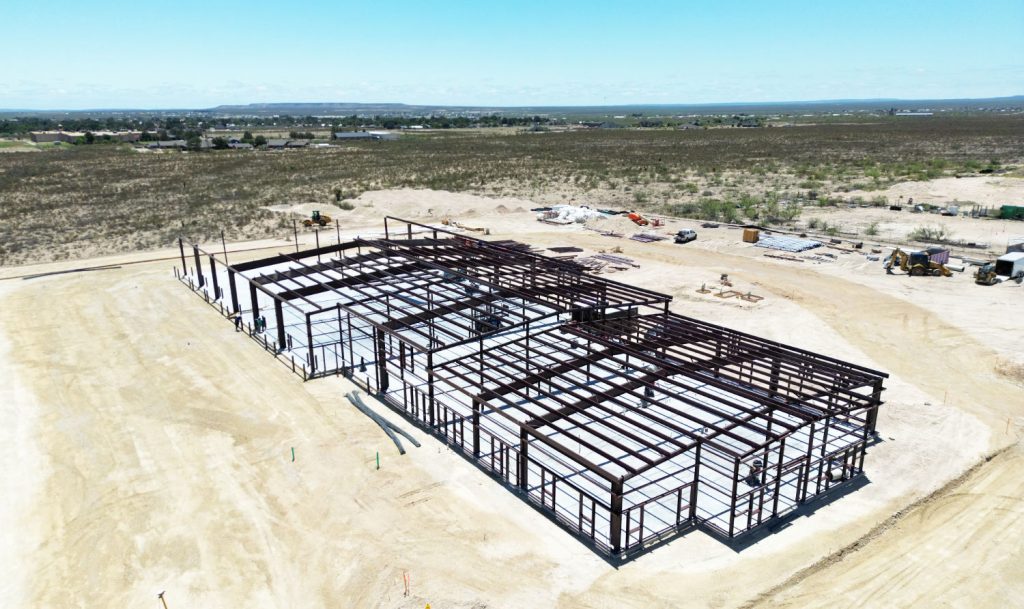Cost Overruns and the Vertical Integration Solution
Overview of the Problem Every business establishes systems to reduce waste, but cost overrun is considered conventional wisdom across the globe for the construction industry. The impact on construction companies is considerable. Time spent securing new funding, renegotiating contracts, or seeking additional approvals all contribute to delays. These delays can lead to the deterioration of physical infrastructure that weighs on the already strained monetary demands. Ultimately, cost overruns hit the company and all stakeholders where it hurts the most: their wallets. These problems, found in both the private and public sectors, are where businesses look to add value rather than increase costs Causes of Cost Overrun Most causes of construction delays occur in the beginning stages of a project. Because of the focus on soft data, the rough order of magnitude is less certain than the hard data that begins to accrue throughout the project. As hard data is acquired, the more certain costs can be. The leading factors that specifically contribute to cost overruns are: project management risk assessment cost-benefit analysis construction management time overrun decision-making design, methodology, or approach The key issue is project management. It’s this factor that can fail to implement risk management. This is closely followed by design delays. While some design changes are expected, especially on complicated projects, change orders caused by unclear project objectives and scopes significantly affect the duration and cost of the project. Both issues are related, though. The planning team requires feedback from a multitude of other teams and poor communication and coordination from all sides. These are areas of disconnection that aggregate into an unsuccessful approach to project management. Another major source of trouble is underbudgeting cost estimates. The reasons…










